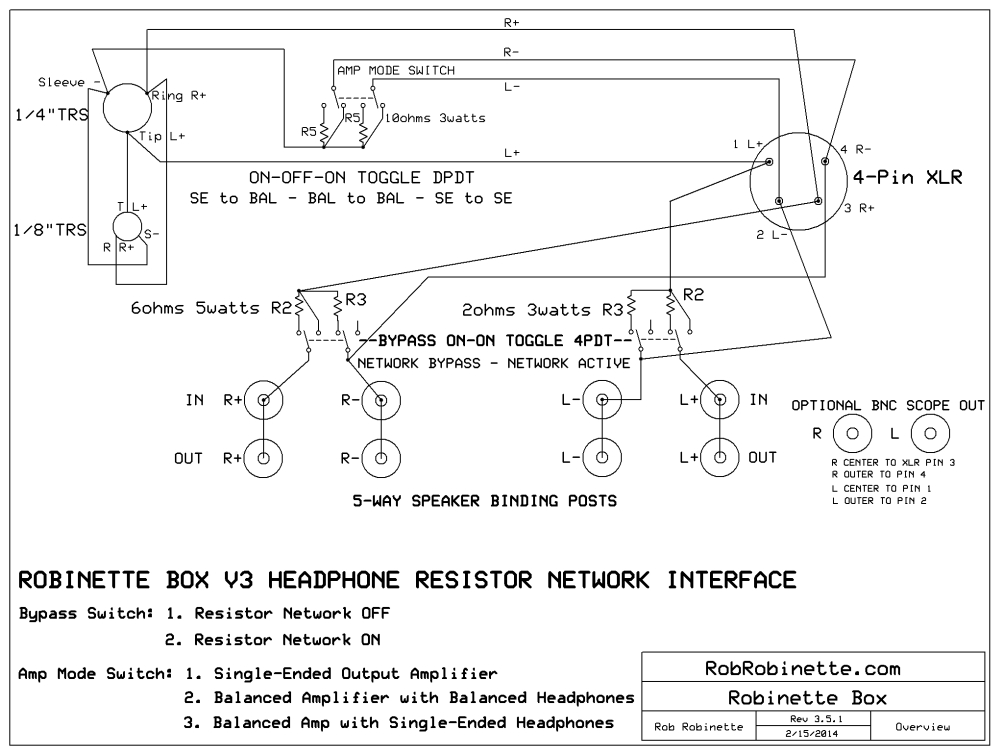brunk
Headphoneus Supremus
- Joined
- May 21, 2012
- Posts
- 3,648
- Likes
- 97
My OSD Audio DSM4 has arrived! Got it off eBay for $58 shipped. The case is very thick, and has a quality anodized black finish. It also comes with a bunch of sticker labels for the different zones and an instruction sheet. It's strikingly similar to the Niles products, except those come with a 10 year warranty...meh. The connectors on the back are removable, so you can get a good tight grip and I suspect you can fit 12awg if you're careful, even though it says 14awg. The relays are sealed, and the defeatable protection circuit has 15w 10R resistors. Here are some pics for those interested  I'll be hooking it up later in the week, so listening impressions will be coming soon.
I'll be hooking it up later in the week, so listening impressions will be coming soon.




 I'll be hooking it up later in the week, so listening impressions will be coming soon.
I'll be hooking it up later in the week, so listening impressions will be coming soon.
























